Of all the people in the history of public relations, the American Ivy Lee probably has the best claim to being the father of the industry.
 Richard Evans (pictured) is Head of Media for Diabetes UK and a biographer of Sir Basil Clarke (1879 – 1947), who is regarded as the UK’s first PR professional.
Richard Evans (pictured) is Head of Media for Diabetes UK and a biographer of Sir Basil Clarke (1879 – 1947), who is regarded as the UK’s first PR professional.
His book From the Frontline: The Extraordinary Life of Sir Basil Clarke is available from Amazon and you can find him on Twitter at @richardjaevans. You can read a previous guest article he wrote here.
I’m proud to introduce him as my first guest writer for 2014 in this article about Ivy Lee. Over to you Richard.
Ivy Lee and the history of internal communication
Ivy Lee (16 July 1877 – 9 November 1934) is widely seen as having written the first press release, for the Pennsylvania Railroad in 1906. Written in response to a rail crash, it was published word-for-word in the New York Times.
But less well-known is his role as a pioneer in internal communication.
 According to Courtier to the crowd; the story of Ivy Lee and the development of public relations
According to Courtier to the crowd; the story of Ivy Lee and the development of public relations, a biography of Lee by Ray Eldon Hiebert that I have recently read, Lee was asked to help the Pennsylvania Railroad again in the 1920s.
But during his second stint as a consultant there, the main focus was on internal rather than external communications.
Loss of morale
The Pennsylvania’s workforce had suffered a loss of morale during the period of US Government control of the railroads during the First World War. When the company took back control in 1920, employee motivation was so low that acts of what Hiebert calls “passive sabotage” were considered a real possibility.
So Lee was tasked with fixing the problem.
He responded by developing the concept of the “Pennsylvania Family”, which aimed to give the workers a sense of belonging and a feeling of pride at being an employee of the company.
This included setting up newspapers in the four regions where it operated that were filled with news about employees and their families.
In a far-sighted move, Lee insisted that there should be no articles about the company’s senior management or adverts for the railroad.
 As well as this, Lee started the Pennsylvania Standard, an employee newspaper that provided a forum for management to explain its policies. He also recommended that the company should produce an annual report for employees, though this level of transparency proved a step too far and was rejected by the senior management team.
As well as this, Lee started the Pennsylvania Standard, an employee newspaper that provided a forum for management to explain its policies. He also recommended that the company should produce an annual report for employees, though this level of transparency proved a step too far and was rejected by the senior management team.
“If a general in charge of a great army led his troops to disaster,” wrote a senior manager, “he is in no [way] responsible to the men, only to his country.”
Lee also recommended that company executives visit and talk to workers, something that seems obvious today but perhaps wasn’t back then. “Let the men look into the faces of the officers of their company,” Lee wrote. “Let them see the character that is expressed in those faces. Then the men will be able to interpret the acts of the management in the terms of the personality of its officers.”
But perhaps the most impressive aspect of Lee’s approach to internal communications was that he saw it as more than just trying to communicate messages from senior management to the workforce.
He placed a big emphasis on genuinely trying to understand the employees, even recommending the commissioning of psychological studies to show what could be done to improve morale.
He argued this would increase their efficiency and make them less susceptible to agitation.
Despite operating almost a century ago, during a time long before internal communications became recognised as a discipline in its own right, the realisation that it was as important to understand the workforce as it was to keep them informed meant he displayed a level of enlightenment some employers today could perhaps learn from.
Post author: Richard Evans.
Thank you Richard, I found it interesting to read some of the methods in use back then – the idea of the psychological studies is an intriguing one!
Your name here?
Have you got a story to share? If one of your resolutions is to write more this year, do check out my guest article guidelines and get in touch with your idea.
Rachel
Image of first press release dating from 1906 via Wikipedia with thanks.










